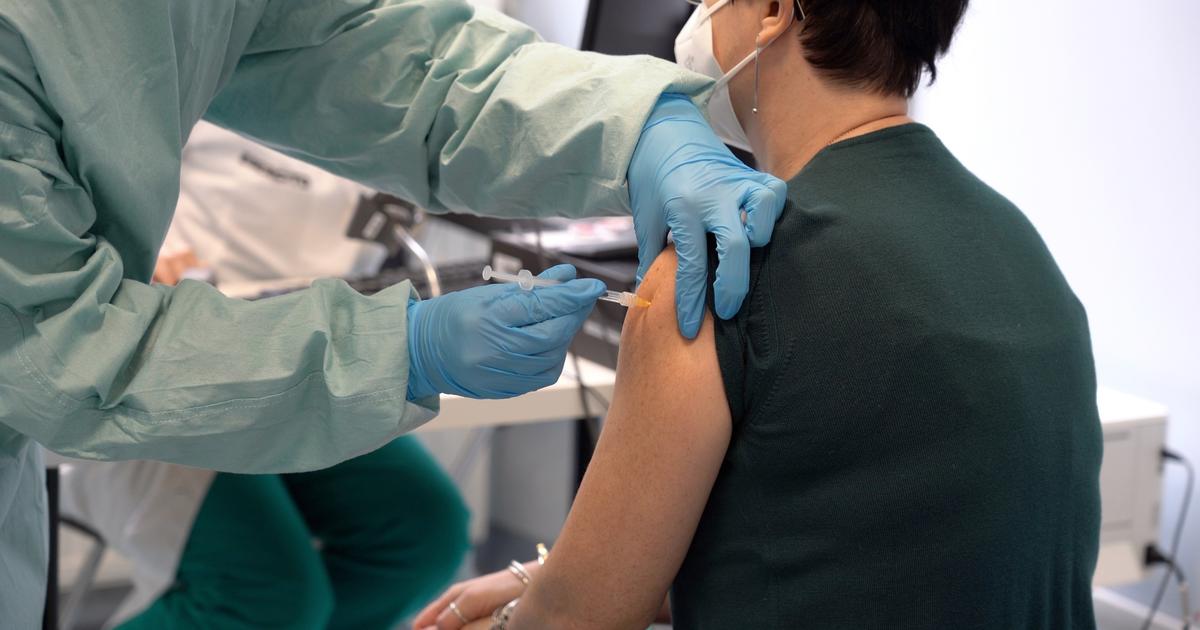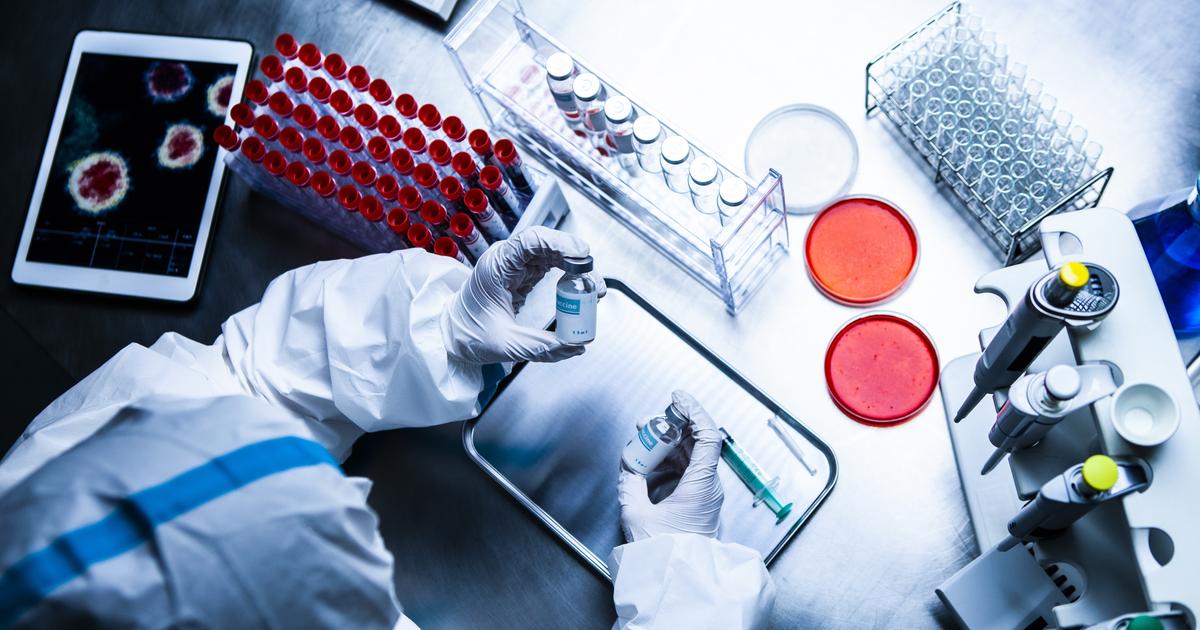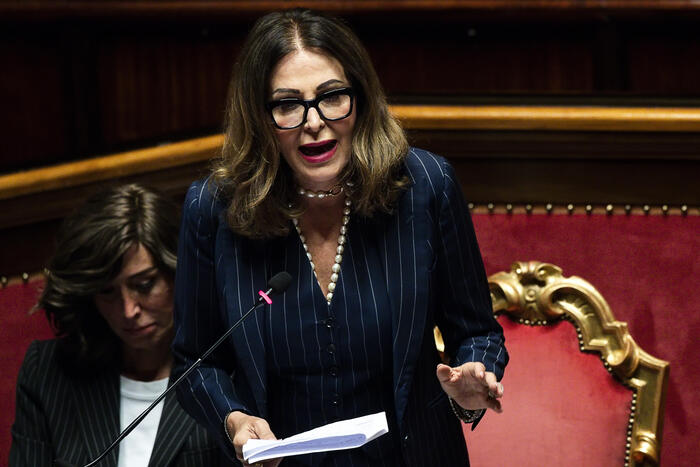By Eric Litke - PolitiFact
The ideological divide over face-to-face classes during the pandemic for most of 2020 was to be expected.
Those who favored lockdown and other stricter mitigation measures opposed in-person teaching, while those who disdained quarantines, mandatory use of masks and similar measures, usually supported it.
However, like much when it comes to COVID-19, positions have changed on this issue as more data and studies have come to light.
[Follow our coverage of the COVID-19 pandemic]
A prominent Republican representative said a couple of weeks ago that
scientific research supports a broader return to the classroom.
"It's time for the kids to go back to school," Rep. Mike Gallagher wrote on Dec. 7 on Twitter.
"New data shows that in-person learning is not causing a spike in cases, and school closures leave us with
the worst of both worlds: students who continue to fall behind and minimal impact on reducing contagion," he
added. .
When will the coronavirus vaccine reach the entire population of the United States?
Dec. 15, 202002: 14
Is Gallagher correct that teaching in person is not causing an increase in cases?
In one word, yes.
The cost of teaching online
The rejection of virtual teaching - the preferred option by most school districts since March - has strengthened as more studies show the price that being absent from the classroom takes on learning.
[When will children get the COVID-19 vaccine?]
On this quarter's school assessments, third through eighth grade students performed similarly in reading to students at the same level last year.
But their math performance was 5 to 10 percentage points lower, according to a November report by NWEA (Northwest Evaluation Association), a nonprofit educational research group that tested 4.4 million students.
Another report from Renaissance Learning Inc., also released in November, found that students were falling behind in math 12 weeks or more in some grades.
In many cases, the transition to virtual
has worsened the socioeconomic achievement gaps [which are worse for Latino students] that already existed,
as online learning works only for those with stable internet access and support from their family at home, according to research by the Economic Policy Institute and others.
The reopening of schools triggers the cases of COVID-19.
Does online education mean lower quality?
Oct. 10, 202002: 07
At the same time, science is showing that schools do not pose the risk many experts expected.
However, risk depends on mitigation measures and community transmission rates in each school district.
What we have learned from the schools that opened
As with many other measures in response to the pandemic, the diversity of local guidelines for schools has created something of a natural experiment.
"Children and schools are not the main drivers of the epidemic," UNICEF said in a report published in November.
“The evidence shows that the net benefits of keeping schools open outweigh the costs of closing them.
Data from 191 countries do not indicate any consistent association between school reopening and COVID-19 infection rates. "
An international research report from Spain found a similar lack of correlation, as did a study by Insights for Education, which said that "there is no consistent pattern between a school's status and infection levels."
Even Dr. Anthony Fauci, director of the National Institute of Allergy and Infectious Diseases, is now advocating for a measured return to classroom teaching.
"The position should be to try to keep children in school as long as possible, within reason, or to get them back in the classroom
," Fauci said on
ABC News'
This Week
news program
on November 29, 2020.
“If you look at the data, the spread from children to others and between them is not really very significant, not as one would have suspected.
So let's try to get the children to come back, but let's try to
mitigate the things that drive community contagion, ”such as indoor restaurant and bar services, he
explained.
A project run by Emily Oster, an economist at Brown University, has collected data on 13 million students who have attended face-to-face classes since September, in partnership with schools across the United States.
The data showed an infection rate of 2.2 students per 1,000 over a two-week period.
The infection rate of school personnel during that time was only 4.2 per 1,000.
(Notably, Wisconsin posted the worst numbers in both categories, averaging 7 infections per 1,000 students and 19 per 1,000 staff members.)
The application of Moderna's vaccine against COVID-19 begins in the United States.
Dec. 22, 202000: 31
"The numbers are small, smaller than many had predicted," Oster wrote in an October article for The Atlantic magazine detailing his early findings.
Data from the Centers for Disease Control and Prevention (CDC) show that children under 18 years of age represent about 10% of cases in the United States, although they are 22% of the total population.
(Children account for only 0.1% of deaths.)
It should be added that among the minors who die from the coronavirus, 45% have been Hispanics,
more than any other group.
The key asterisk is that in-person teaching is safer when mitigation measures are in place both in schools and in the community.
The CDC recommends wearing face masks and following other guidelines such as social distancing, hand washing, and frequently cleaning and disinfecting surfaces that are touched in schools and buses.
PolitiFact of Missouri delved into this and found that the argument that schools using these strategies “continue to be among the safest places for our students” needs context.
Jordan Dunn, Mike Gallagher's press secretary, cited this investigation and Fauci's comments to defend the congressman's comment.
Students from Henrietta Szold Elementary School in New York City, on their return to school on December 7, 2020. Schools had closed in November, due to the increase in COVID-19 cases.
Mark Lennihan / AP
"That does not mean that there are no infections in schools and that schools should reopen without any logical security measures," Dunn said in an email.
"But the data that has been collected indicates, as Representative Gallagher maintains, that in-person learning is not triggering cases and that schools are not great transmitters" of the coronavirus.
[This misleading data is being used to minimize the harm of COVID-19 in children]
Our verdict
Gallagher said: "New data shows that in-person learning is not causing a spike in cases."
In fact, research from various sources in October and November shows that in-person teaching has not been linked to an increase in cases in the areas where the studies were conducted.
Key leaders, including Dr. Anthony Fauci, have recognized that classroom teaching caused fewer incidents than expected, which has led him to support a transition from virtual to classroom learning.
Therefore, we rate this argument as True.
This article was translated by Andrea López-Cruzado thanks to the FactChat agreement, coordinated by the International Fact-Checking Network (IFCN) with the support of WhatsApp. The objective of the project is to bring better information in Spanish. You can receive this and other checks directly by WhatsApp by clicking here or by registering the number +1 727-477-2212 and writing "Hello" in the first message. We will wait for you.
#Chatbot









